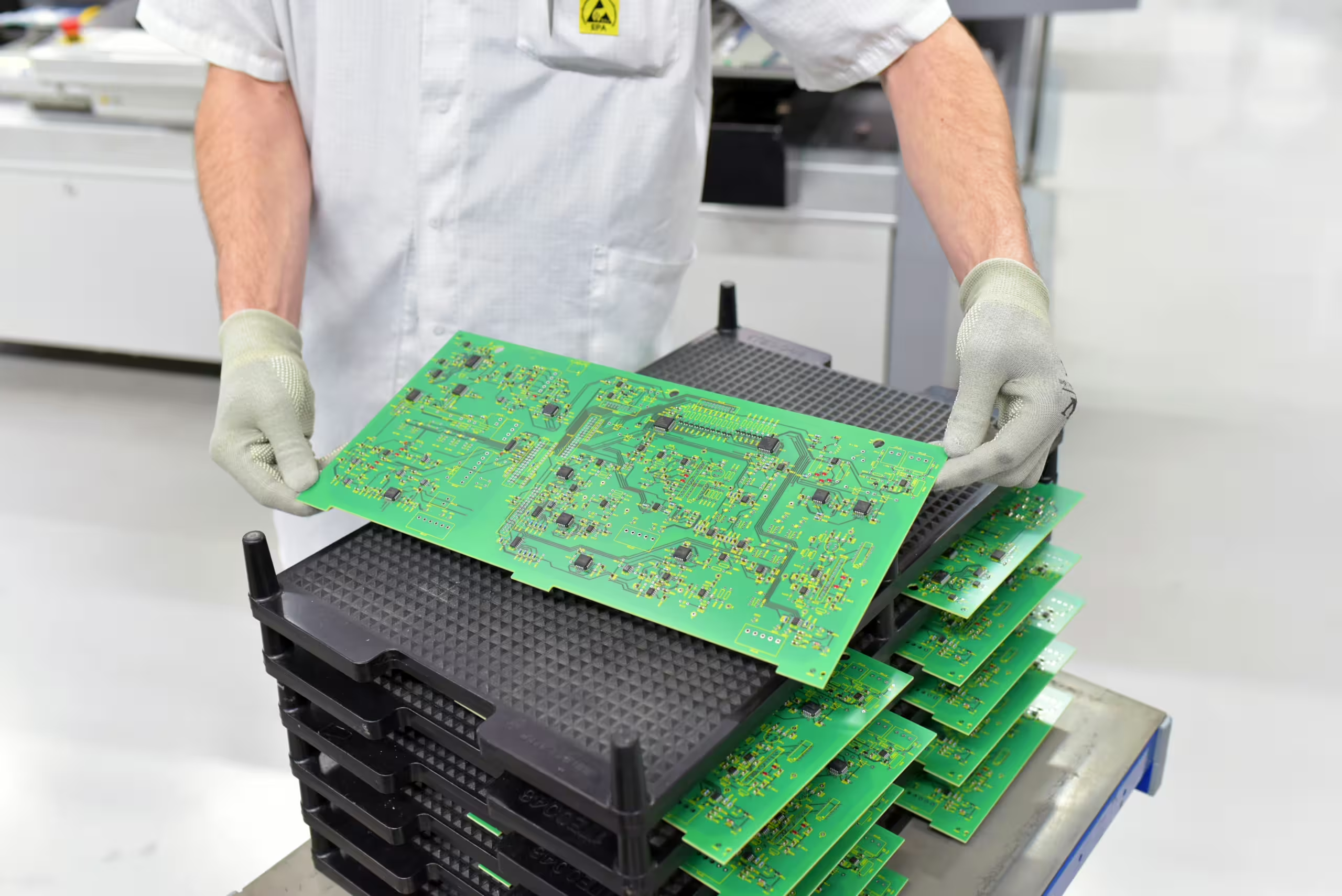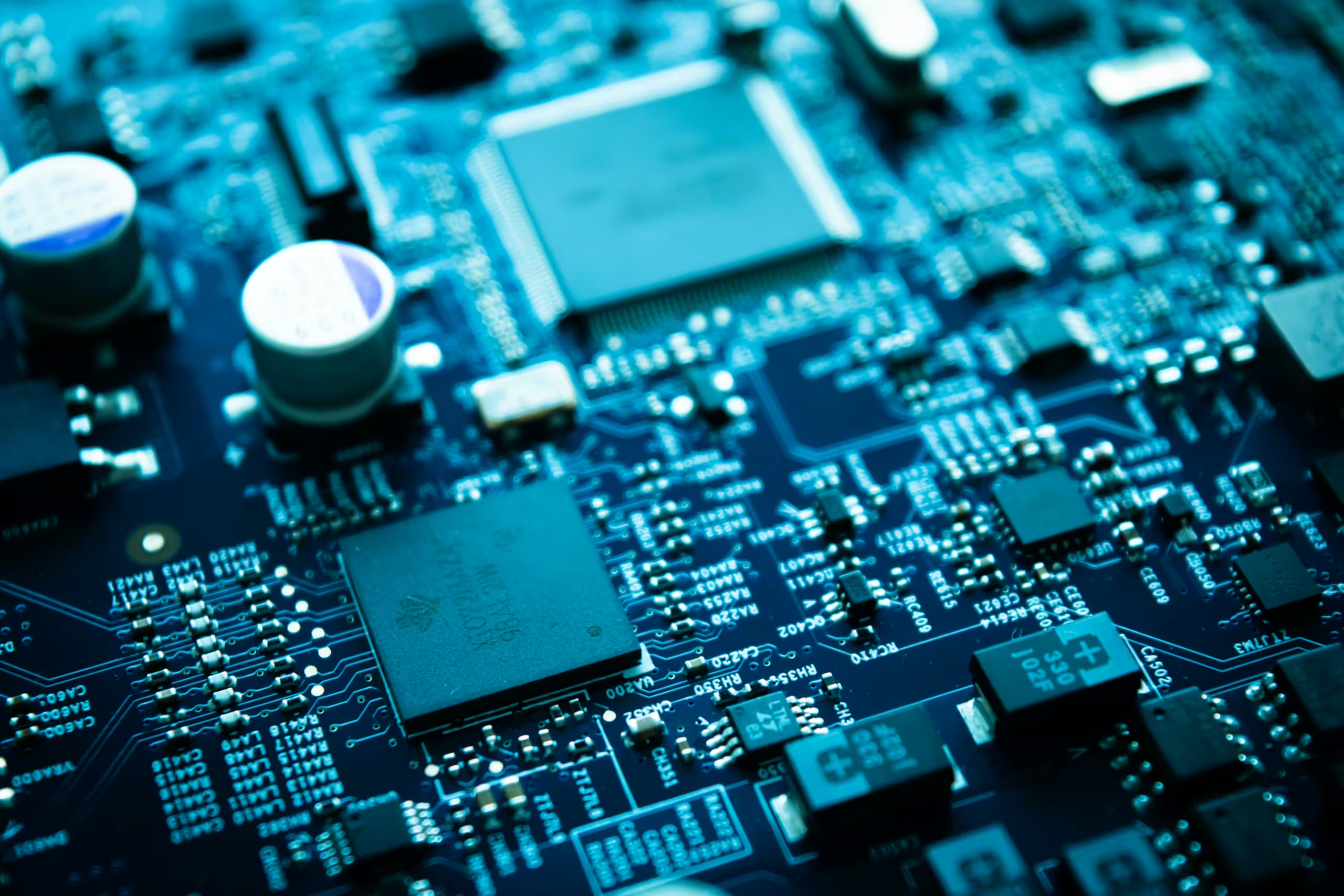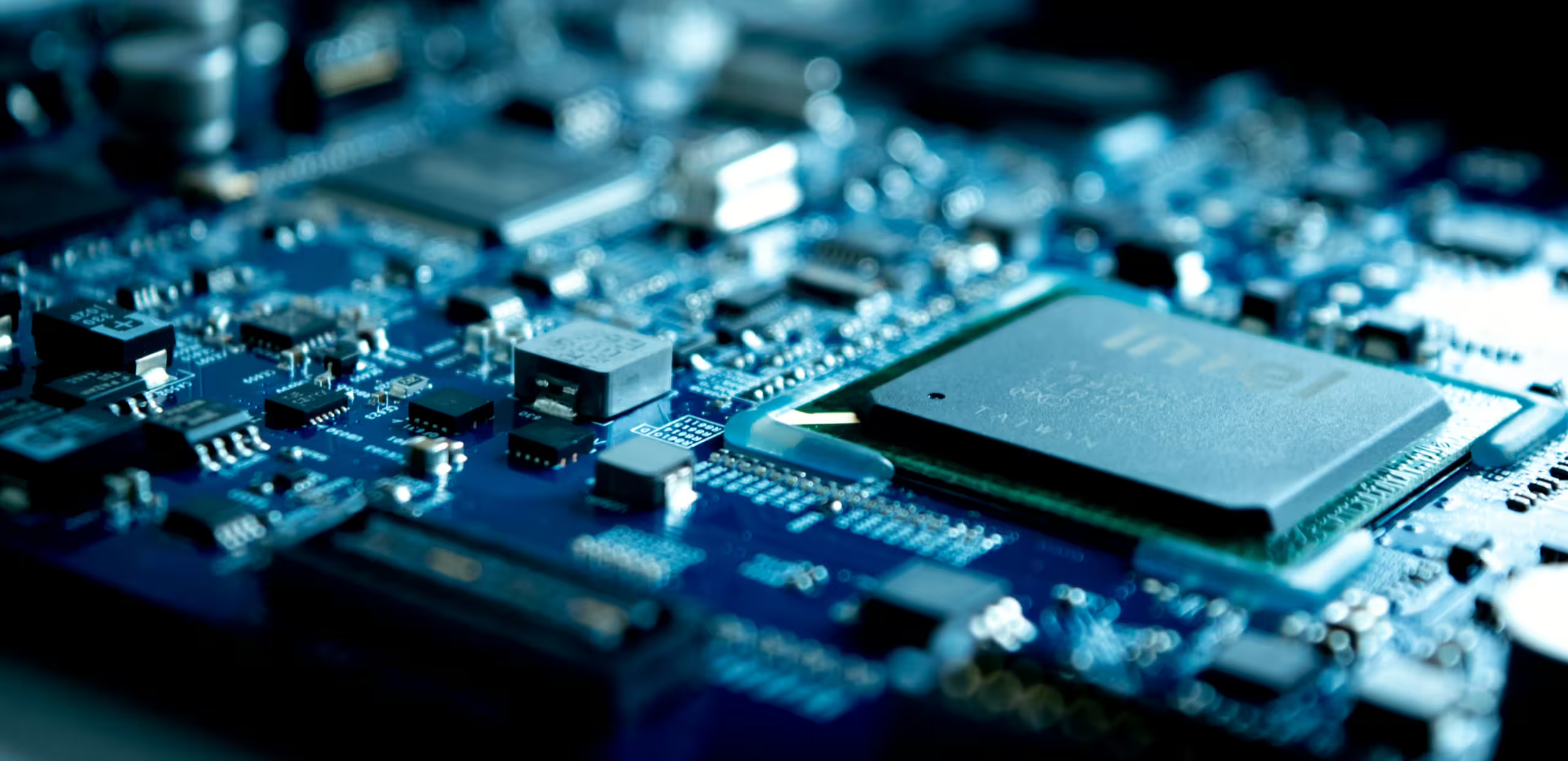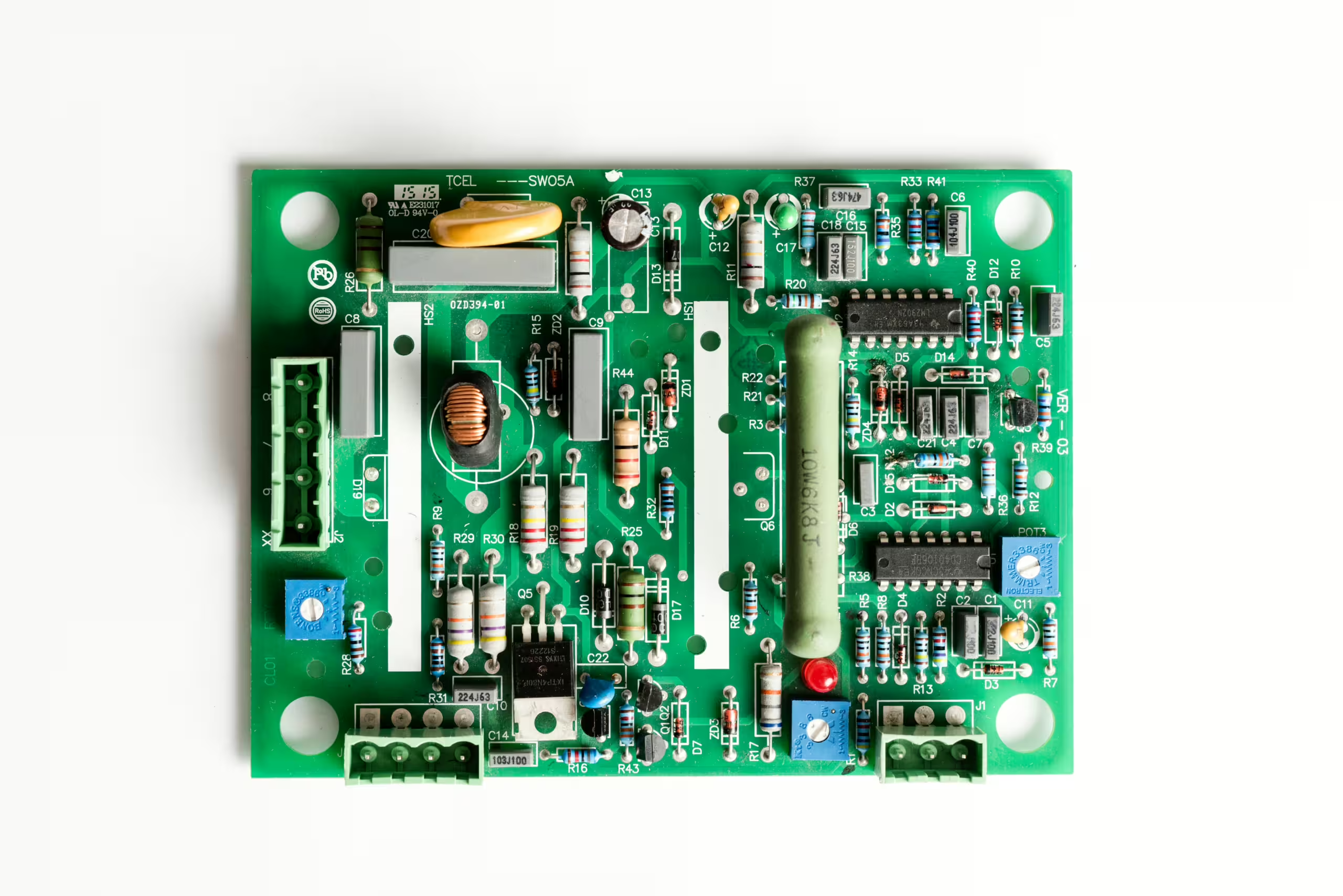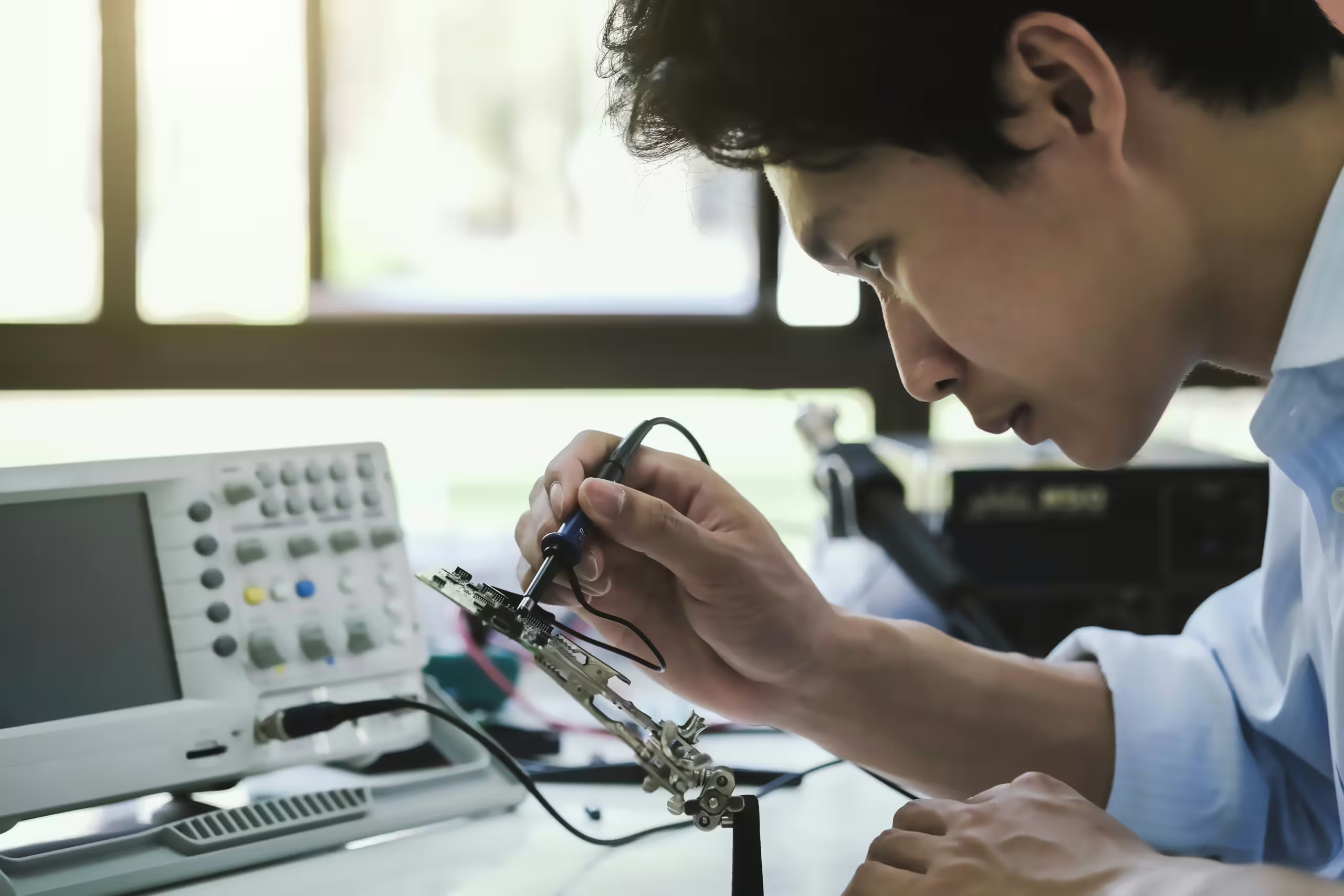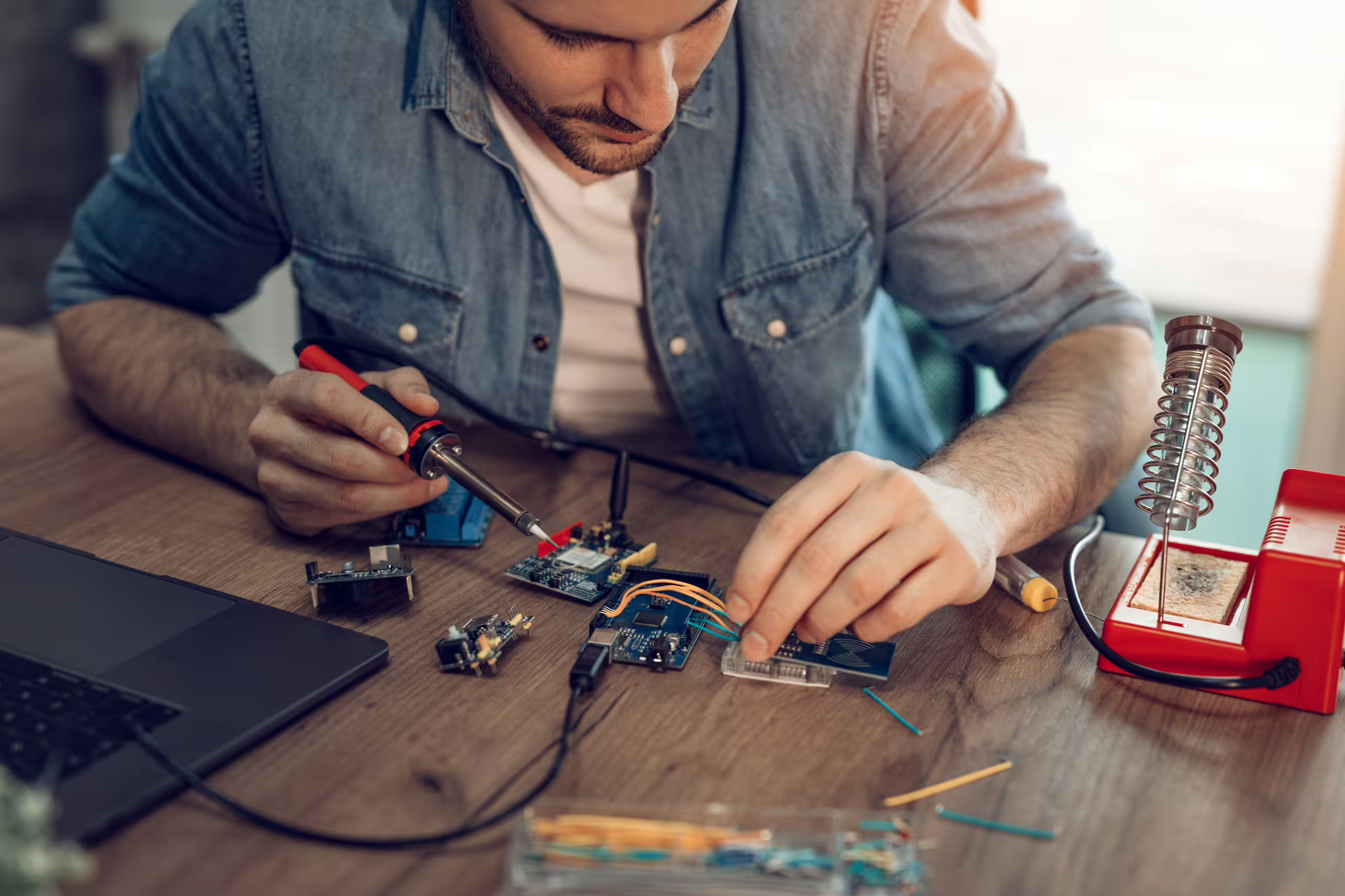What is the “Signal Return Path”? The signal return path, also known as return current, is crucial in high-speed digital signal transmission. The current flows from the driver along the PCB transmission lines to the load, and returns to the driver side via the shortest path through the ground or power layer. Dr. Johnson explains in his book that high-frequency signal transmission is essentially a process of charging the dielectric capacitor sandwiched between the transmission line and the DC layer. Signal Integrity (SI) analysis focuses on the electromagnetic characteristics of this surrounding field and their coupling.
How to Perform SI Analysis for Connectors? In the IBIS 3.2 specification, there is a description of connector models, typically using the EBD model. For special boards like backplanes, SPICE models are required. Multi-board simulation software (such as HYPERLYNX or IS_multiboard) can be used to establish a multi-board system by entering the distributed parameters of the connector, usually obtained from the connector manual. Although this method may not be very accurate, it is acceptable within a reasonable range.
What are the Different Types of Termination? Termination, also known as matching, can generally be categorized by location into source termination and end termination. Source termination typically involves series resistance matching, while end termination often uses parallel matching methods such as pull-up resistors, pull-down resistors, Thevenin matching, AC matching, and Schottky diode matching.
What Factors Determine the Method of Termination (Matching)? The choice of termination method is generally determined by buffer characteristics, topology, signal level types, and detection methods, and also considers factors like signal duty cycle and system power consumption.
What are the Rules for Using Termination (Matching)? In digital circuits, timing is crucial. The purpose of adding matching is to improve signal quality so that a reliable signal can be obtained at the decision moment. For active-low signals, it ensures setup and hold times are met with stable signal quality; for delay-active signals, it ensures signal changes are monotonic and the change rate meets requirements. Mentor’s ICX product materials contain some information about matching. Additionally, the book “High-Speed Digital Design: A Handbook of Black Magic” includes a chapter dedicated to termination, discussing its impact on signal integrity from an electromagnetic wave perspective, which can be a useful reference.
Can Device Logic Functions be Simulated Using an IBIS Model? If Not, How is Board-Level and System-Level Simulation Performed? IBIS models are behavioral models and are not suitable for functional simulation. Functional simulation requires SPICE models or other structural-level models.
In Systems with Both Digital and Analog, There Are Two Approaches: Separate Digital and Analog Grounds or Separate Power Supplies with Unified Ground. Are These Methods Equally Effective? In principle, both approaches are effective because power and ground are equivalent for high-frequency signals. The purpose of separating analog and digital sections is to mitigate interference, primarily from digital circuits to analog circuits. However, segmentation can cause incomplete signal return paths, affecting digital signal quality and overall system EMC. Whether splitting the ground or power layer, it is crucial to consider whether such segmentation increases the signal return path and how much interference it introduces to the functioning signals. Some hybrid designs do not separate power and ground but organize layout and routing separately for digital and analog sections to avoid cross-regional signals.
Regulatory Issues: What Are FCC and EMC? FCC: Federal Communication Commission, an American regulatory body. EMC: Electromagnetic Compatibility. The FCC is a standard-setting organization, and EMC is a standard. Standards and testing methods are established for specific reasons.
- What is Differential Routing? Differential signals, sometimes called differential-pair signals, use two identical, oppositely polarized signals to transmit data, with decision-making based on the difference in voltage levels between the two signals. To ensure the signals are identical, the routing must be parallel, with consistent trace width and spacing maintained.

